Turning Innovation into Impact: Four Trends Defining Marketing at Advertising Week New York 2025(Part 1)

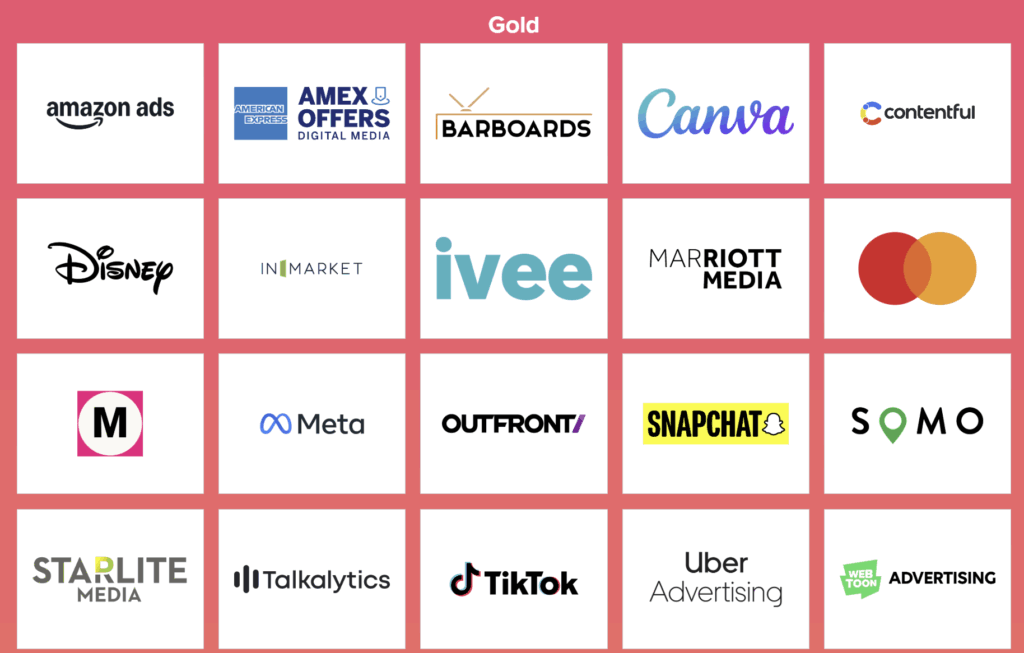
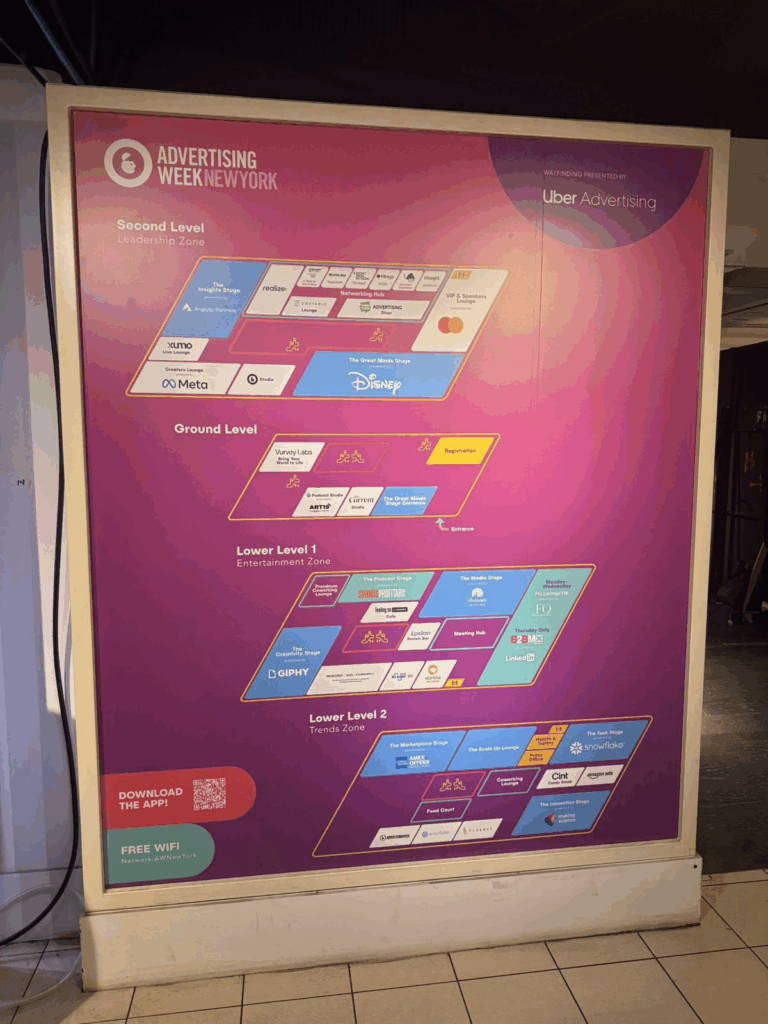
- Event Overview — Where AI, Data, and Creativity Redefine the Industry
- The Four Major Shifts Defining 2025
- Theme 1 AI Moves from Promise to Practice
- Theme 2 – Commerce Media Expands Beyond Retail
Event Overview — Where AI, Data, and Creativity Redefine the Industry
Advertising Week New York 2025, held from October 6–9 at The Penn District in Manhattan, brought together global leaders from marketing, media, technology, and culture for one of the industry’s most influential gatherings.
The event featured over 1,200 speakers, 500 sessions, and 28 content tracks, with major sponsors including LinkedIn, Amazon Ads, Meta, Disney, and TikTok.
More intimate than a traditional trade show, the renewed Penn District venue fostered dynamic collaboration and close dialogue among brand leaders, agency executives, and innovators—an environment designed for building next-year strategies and discovering new technologies.
AI served as the connective thread running through nearly every track, not as a futuristic concept but as a practical foundation for modern marketing.
Speakers discussed how AI enhances creativity, deepens customer understanding, and reshapes campaign performance measurement.
As one moderator put it, “AI has moved from being the subject of discussion to the framework for how we work.”
The 2025 edition stood out for its focus on practical AI integration, data-driven creativity, and cross-industry collaboration.
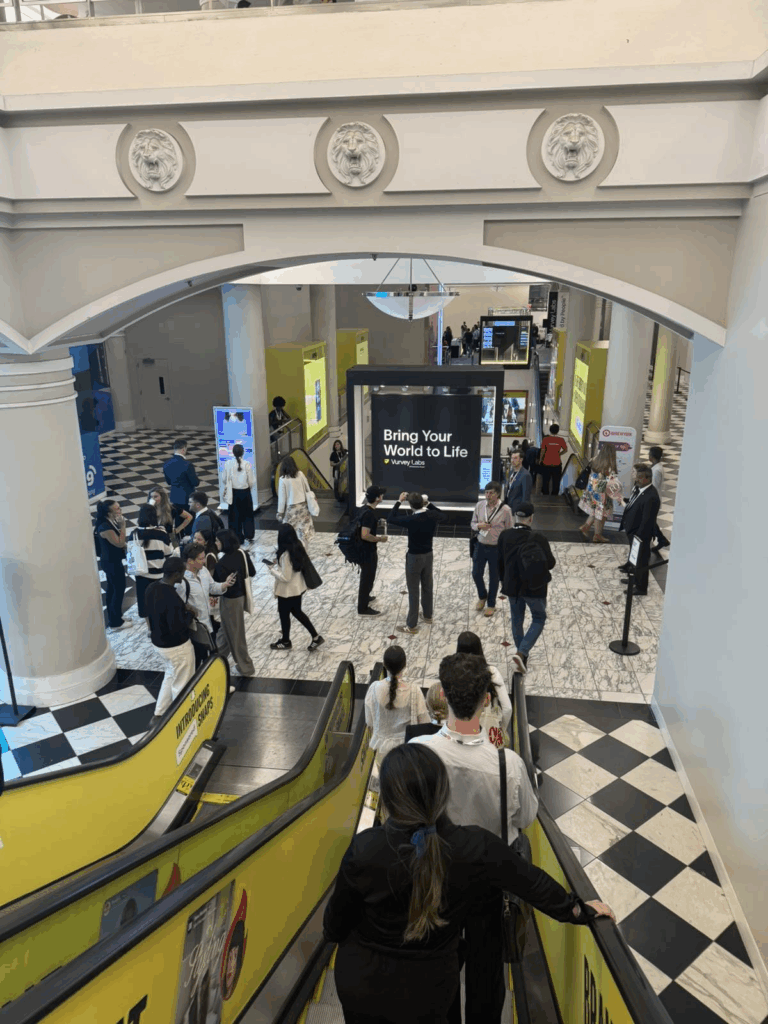
The Four Major Shifts Defining 2025
Across the 500+ sessions at Advertising Week New York 2025, four dominant themes emerged — each reflecting how the marketing and media industries are evolving in response to technological acceleration, privacy reform, and shifting consumer behavior.
These weren’t abstract trends; they stemmed from the very real challenges that brands and agencies now face: proving ROI in an AI-driven world, rebuilding trust, and balancing automation with creativity.
1️⃣ AI Moves from Promise to Practice
AI was no longer discussed as “the future” but as core infrastructure.
Speakers from TikTok, Meta, and Peloton highlighted how automation now supports campaign optimization, audience insights, and creative testing.
Marketers described the challenge of scaling personalization without losing authenticity — leading to the rise of “AI co-pilots” that guide, not replace, human decision-making.
This shift reflects a collective realization: AI is only as effective as the human strategy behind it.
2️⃣ Commerce Media Expands Beyond Retail
Sessions featuring Marriott, Adobe, and Merkle explored how non-retail brands are becoming media platforms through first-party data collaboration.
What began as retail media has evolved into commerce ecosystems spanning travel, finance, and entertainment.
The underlying challenge is balancing privacy with precision — finding ways to share insights securely while preserving consumer trust.
Commerce media’s growth signals a broader movement: turning data into a shared currency of value creation.
3️⃣ Social Search Becomes the New Discovery Engine
As younger audiences turn to TikTok, LinkedIn, and other platforms for inspiration, search itself is being redefined.
Speakers emphasized that discovery is no longer about finding information, but about finding perspectives.
Brands face the challenge of visibility in a world where algorithms favor authenticity and creator voices over keywords.
This new paradigm positions community and credibility as the foundation of the modern marketing funnel.
4️⃣ Measurement Modernizes — From Clicks to Causality
Measurement sessions led by Snap, Disney, and EDO showcased the industry’s push toward causal, cross-channel attribution.
Marketers acknowledged that clicks and last-touch metrics fail to capture true business impact.
The focus has shifted to experimentation — using MMM, lift tests, and geo-experiments to prove incremental growth.
The challenge now is organizational: aligning data, finance, and marketing teams around a shared understanding of what success truly means.
Theme 1 AI Moves from Promise to Practice
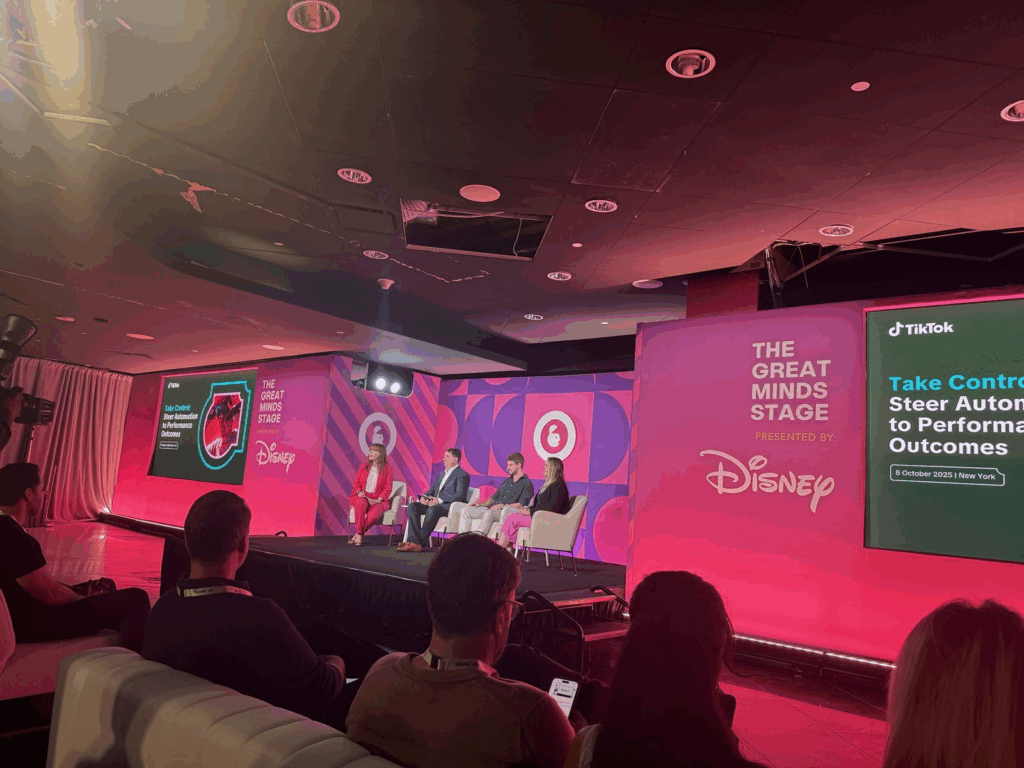
(From left: TikTok’s GM, US Agency, Global Business Solutions Emily Freed,TikTok’s Head of Product & Client Solutions for North America David Kaufman, NewtonX’s Chief Operating Officer Leon Mishkis and Peloton Interactive’s Senior Manager of Global Media Planning and Buying Allie Mauldin)
One of the defining discussions at Advertising Week New York 2025 centered on a crucial industry question:
How do we turn the promise of AI into real, measurable performance?
Speakers agreed that this shift is fundamental, as AI and automation are now fueling the future of marketing rather than simply inspiring it.
At TikTok’s session “Take Control: Steer Automation to Performance Outcomes,”
Allie Mauldin, Head of Paid Social at Peloton, shared how the brand embraced TikTok’s Smart Performance Campaigns (Smart Plus) to transform its media strategy.
Facing macroeconomic challenges and a fragmented media environment, Peloton sought solutions to maintain strong performance and improve efficiency across channels.
Mauldin noted that products like Smart Plus have “revolutionized the way we are running media at Peloton,” enabling the team to automate campaign optimization and deliver better results faster.
While there was initial hesitation about surrendering control to automation, the results were almost immediate.
Peloton saw a notable lift in performance on TikTok, prompting the company to adopt Smart Plus as part of its evergreen strategy, scaling the model to markets such as Canada and the UK.
Mauldin emphasized that a culture of experimentation and a “bias for action” were key factors behind their success.
By viewing AI tools as a co-pilot rather than an autopilot, Peloton demonstrated how marketers can leverage automation not to replace human decision-making, but to amplify creativity and strategic focus—a sentiment echoed throughout this year’s event.
Across other AI-focused stages, the conversation moved beyond optimization to execution — where AI is not only assisting but actively deciding and acting.
Speakers described this next phase as the rise of Large Action Models (LAMs), systems capable of interpreting context and executing marketing actions autonomously.
This shift marks AI’s transition from “co-pilot” to an independent operator within creative, personalization, and workflow management.
One standout example came from agent-driven commerce, where AI functions as a “sales concierge” that guides consumers from click to conversion.
Eco-conscious travel brand Soulguard shared that after integrating Business AI, conversions increased sixfold and average order value rose by 59%, driven by the AI’s ability to recommend add-on products and close deals in real time.
Creativity was also redefined. Platforms like TikTok Symphony showcased how generative AI accelerates production, creating tailored video variations at scale.
By automating editing, captions, and performance analysis — what one speaker called “the unsexy work” — teams are reclaiming time to focus on storytelling and innovation.
Operationally, AI continues to streamline complex workflows.
Advertisers using Ad Assistant reported campaign troubleshooting up to 20× faster, while automated clean-room measurement compressed sales-lift analyses from months to just two days.
Taken together, these sessions reflected a clear message:
AI has moved from augmenting marketing to executing it — transforming how brands create, personalize, and perform at scale.
Theme 2 – Commerce Media Expands Beyond Retail
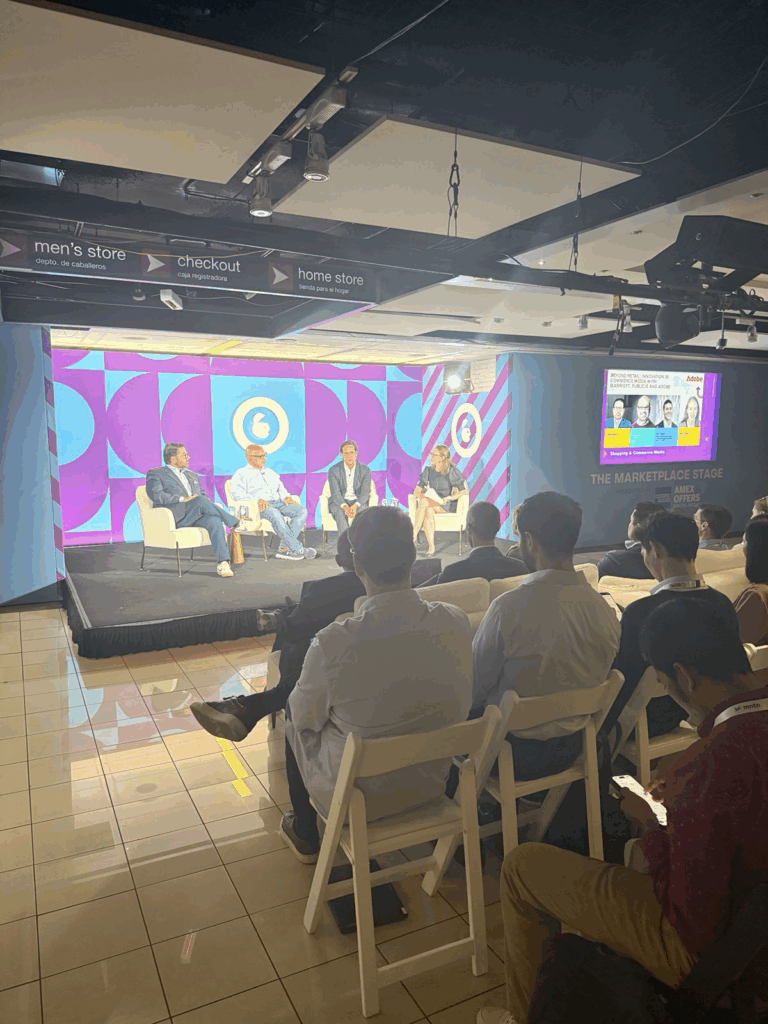
(From left: Chris Norton, SVP Marketing, Marriott International; Ali Nazer, Senior Director, Product Management, Adobe; Ray Velez, Chief Technology Officer, Customer Data Solutions, Publicis Sapient; and Nina Caruso, Group Manager, Product Marketing, Adobe)
2025 was the year commerce media broke free of its retail roots.
Across multiple sessions—from Commerce Media Collaboration to AI and Commerce—speakers explored how industries like travel, hospitality, finance, and lifestyle are building their own media ecosystems.
The shift reflects a broader reality: every company with first-party data and engaged customers now has the potential to act like a media platform.
At the Commerce Media Collaboration Panel, Marriott International’s Jennifer McCarthy described how the company launched Riot Media, the hotel industry’s first media network.
Rather than focusing on inventory or impressions, Marriott’s strategy is built on understanding guest passions and behaviors.
Partnering with Gatorade as a launch advertiser, the campaign delivered a 7-point lift in in-hotel Gatorade sales, demonstrating how brand messaging can seamlessly bridge digital and physical touchpoints through AI-driven personalization.
Airlines are also joining the wave. Delta Airlines is using its in-flight entertainment system and onboard Wi-Fi to create an always-on audience network, blending travel experience with contextual advertising.
As Delta’s team put it, the goal is a “triple win”—for passengers, partner brands, and Delta itself—through long-term, value-based partnerships rather than ad placements alone.
In the financial sector, American Express announced the expansion of Amex Ads, an in-house network enabling brands to advertise on amextravel.com and connect with Amex cardmembers—who, on average, spend 2.9× more than the general population.
Meanwhile, partnerships between Uber, Tumi, and Clear illustrated what speakers called “connected commerce”: an ecosystem where consumers move fluidly from airport ride to boarding gate to in-flight purchase and post-arrival delivery, all powered by real-time data and AI prediction.
The backbone of this evolution is data collaboration.
With the deprecation of third-party cookies, companies are turning to secure, AI-powered first- and second-party data exchanges.
Adobe’s Michael Deane explained how real-time CDP collaboration enables brands to safely share audience segments while maintaining privacy.
As he noted, “You can’t fully understand your customers if your data lives only in your own silo.”
AI now accelerates what used to take weeks—advanced segmentation, Boolean logic, and audience matching—in under a second.
Case studies reinforced how this new data infrastructure drives growth.
A collaboration among Triscuit (Mondelez), Albertsons Media Collective, and Pinterest resulted in a 20% increase in new buyers and a 16% lift in case sales, proving the performance power of shared, AI-enhanced commerce ecosystems.
Beyond technology, speakers reframed commerce media’s ultimate goal: it’s no longer about owning the transaction, but about owning the moment when intent is formed.
ShopSense.AI’s Marissa Ramirez captured it succinctly:
“Content creates culture — and AI connects brands to that moment of inspiration.”
AI agents are increasingly taking part in this process, functioning as sales concierges that answer customer questions and close deals directly within the ad environment.
Brands like Soulguard saw a 6× jump in conversions and a 59% increase in order value, as AI autonomously recommended add-ons and guided consumers through the buying journey.
Meanwhile, kitsch used Business AI insights to identify customer confusion points—turning those findings into new creative directions that directly addressed shopper questions like “What is this?”
The throughline across all these sessions was clear:
Commerce media is becoming an ecosystem of data, intent, and context that reaches far beyond retail shelves.
By uniting AI, creativity, and collaboration, industries from hospitality to finance are transforming every customer touchpoint into a moment of measurable value.
🔜 Want more insights? Click here for Part 2 → Turning Innovation into Impact: Four Trends Defining Marketing at Advertising Week New York 202(Part 2)
We cover Sessions 3 and 4, plus closing reflections from the event.
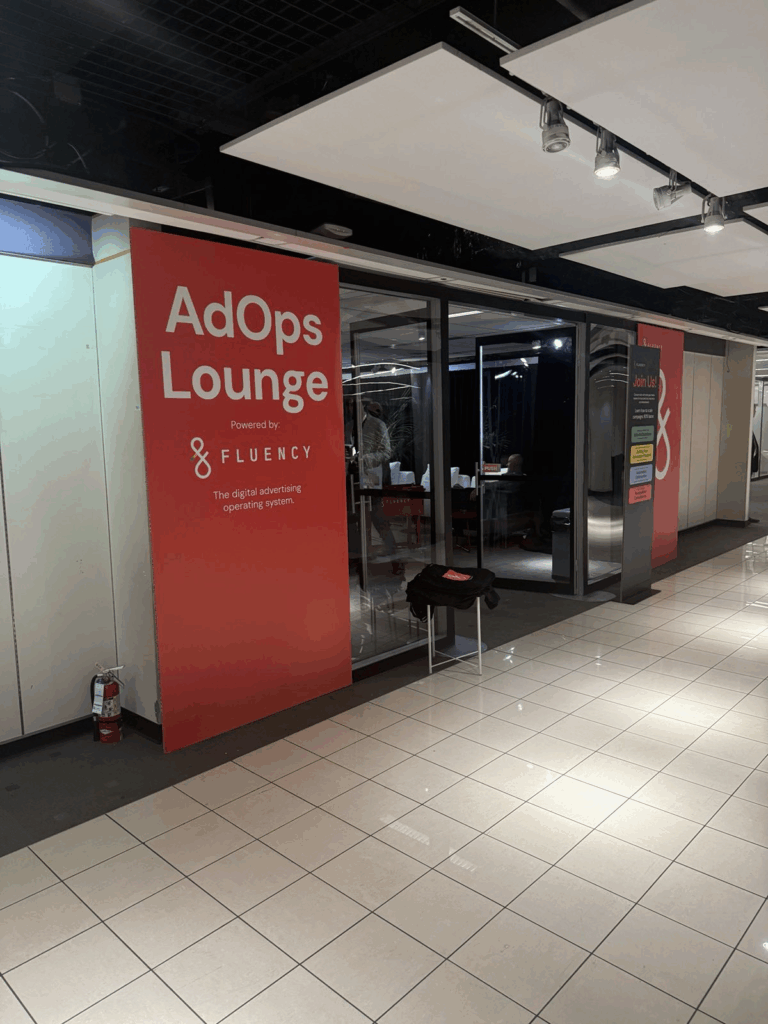
ーInside the main conference hall, sponsor booths from leading companies showcased interactive experiences featuring AI tools, data platforms, and creative technologies.ー
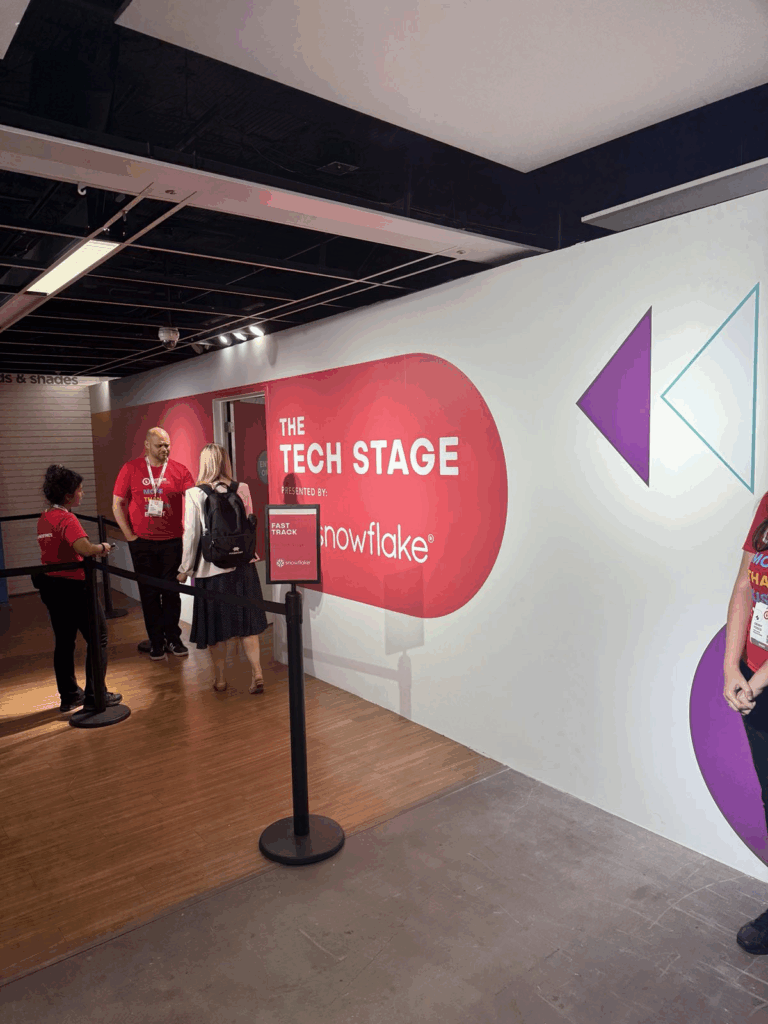
ーEach themed venue accommodated between 100 and 800 attendees, with premium pass holders able to enter sessions without waiting in line.ー

